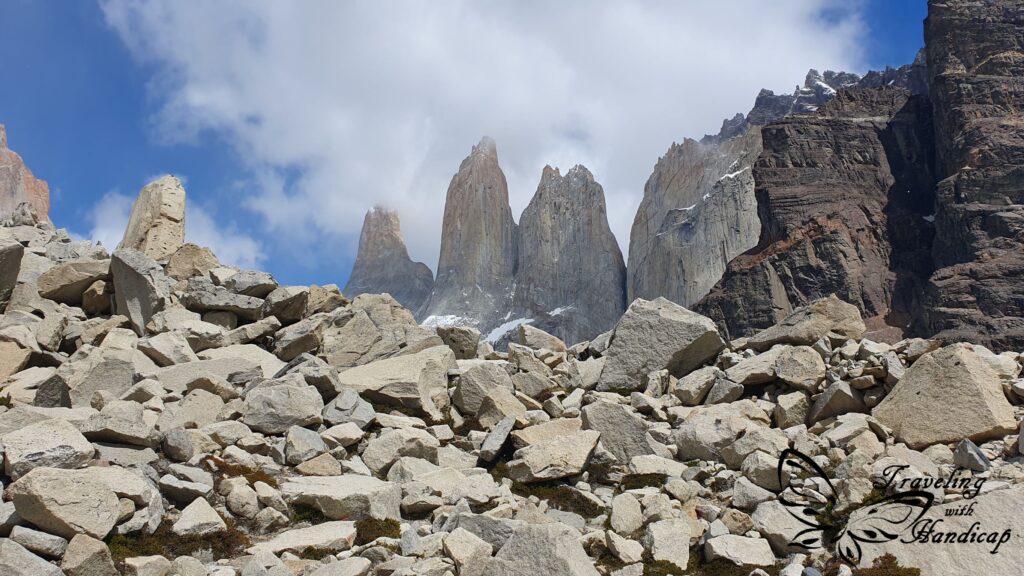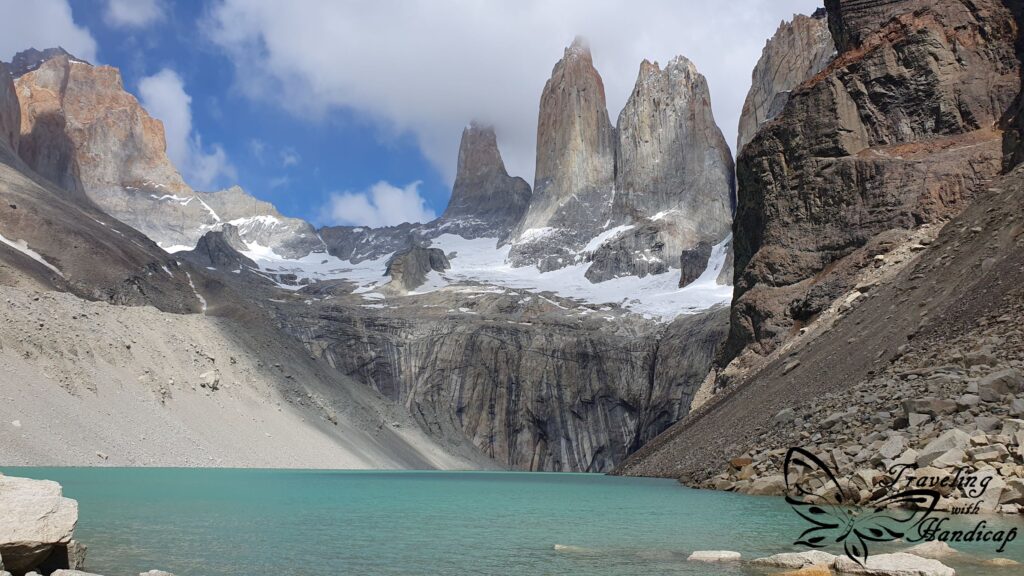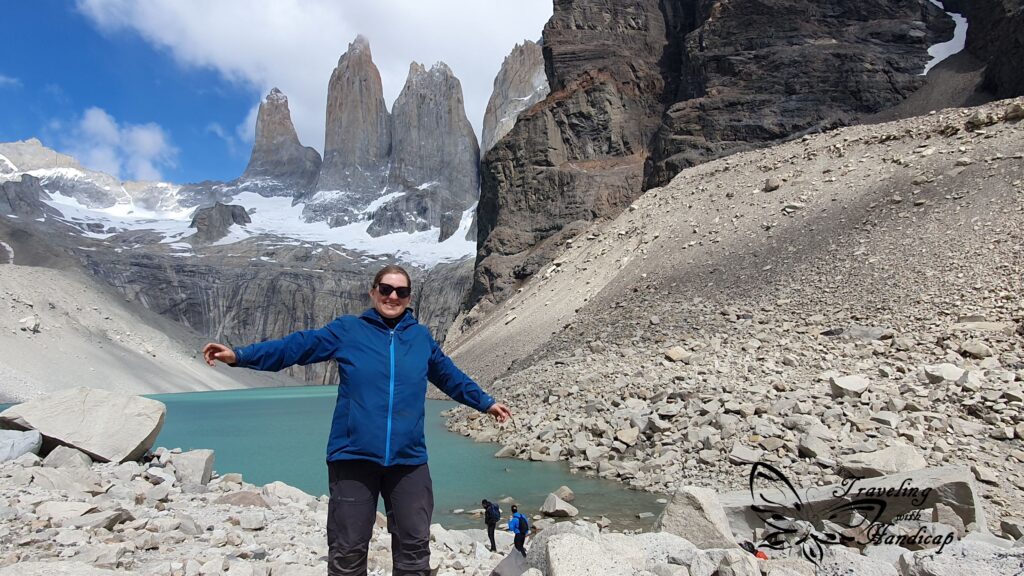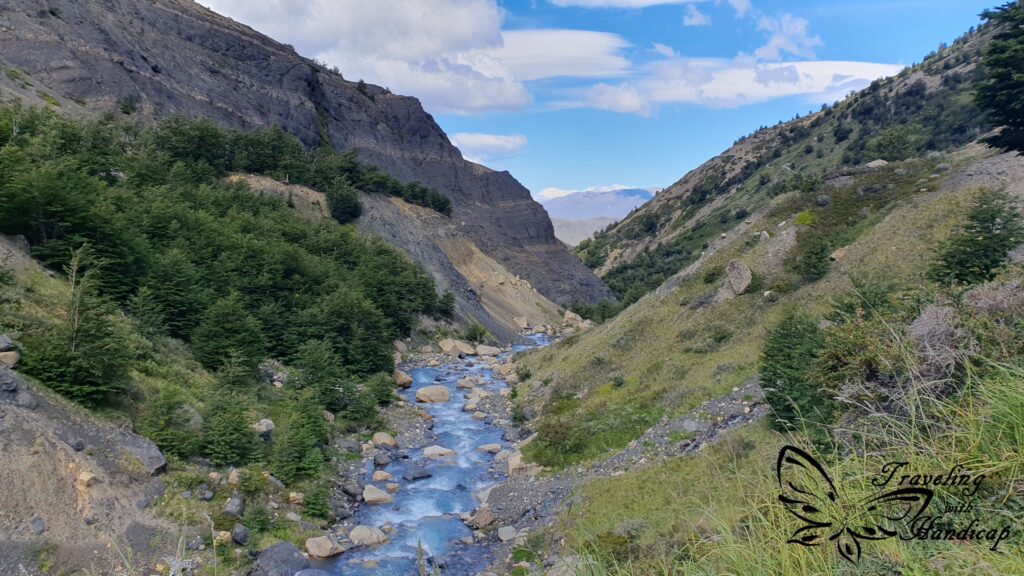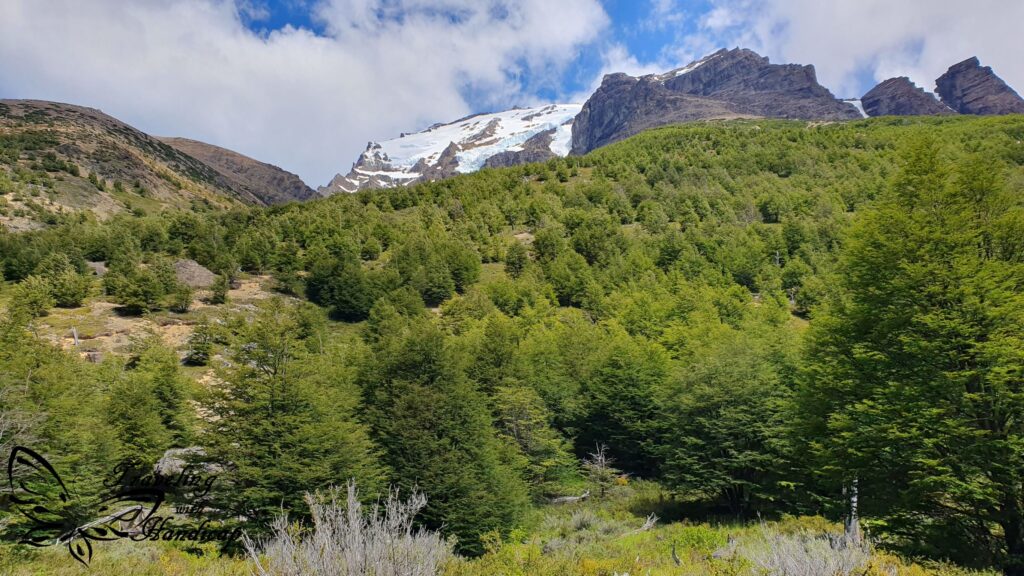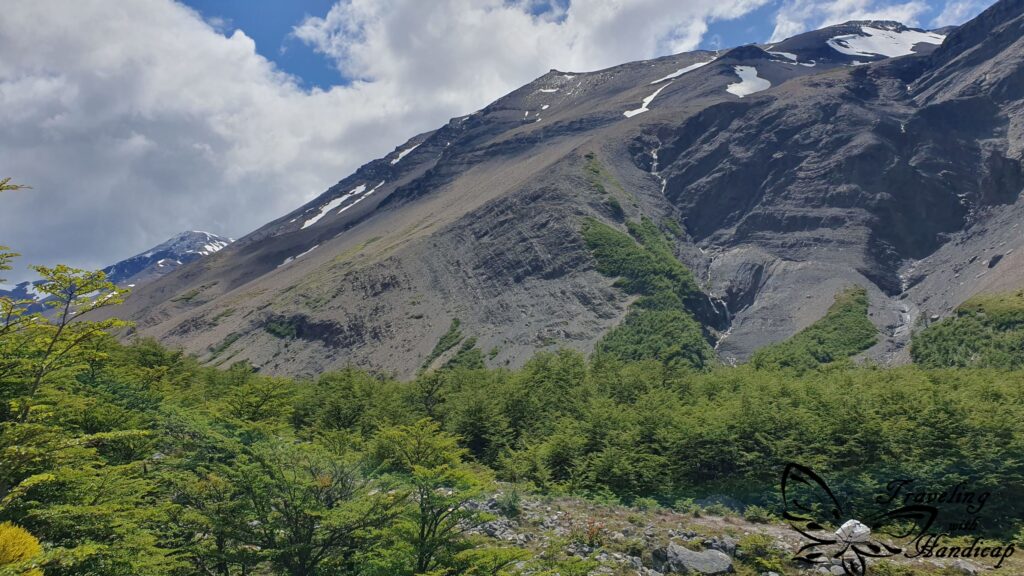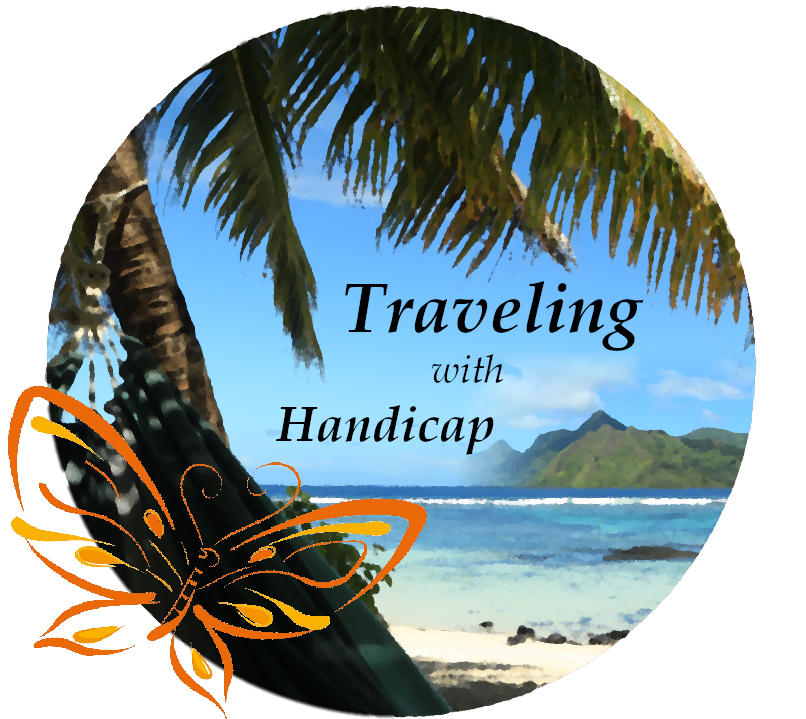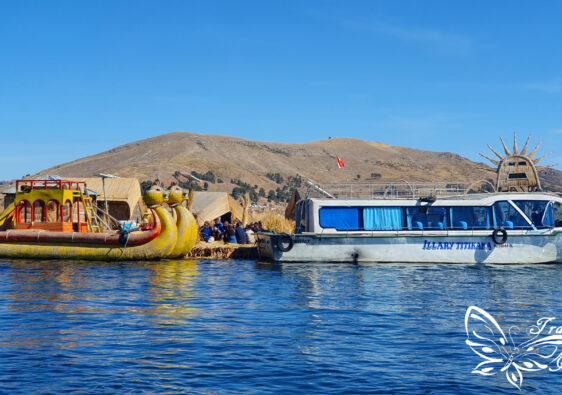How you climb a mountain is more important than reaching the top.
Yvon Chouinard
I have been dreaming about hiking in the Torres del Paine National Park for 5 years. Finally, I managed to travel there, living a dream. It’s difficult for me to find appropriate words describing this whole event. Marvelous.
If you are interested into the accessibility of the National Park, you would most likely have to book specific tours with trucks or stay at refugios which are directly accessible through shuttles or catamaran. The tracks you walk along are by no ways accessible. I considered some wheelchair ramps, even at the very remote but beautifully located camp spot Dickson. So I assume there are options. I did not look for them in particular during that trip.
A fun side note: you could pay for (very expensive) wifi at many camp spots. However, I enjoyed being offline for 9 days. Many others decided to keep the phones in “only photo mode”, so we didn’t get informed about any world cup related stuff. Thus, the CONAF people kept us informed. 🙂
Planning hiking the Torres del Paine
Plenty of information on the internet
If you search for “Torres del Paine” online, you will find plenty of posts regarding hiking experiences and tips how to plan, what to pack etc. In my opinion, many texts lack of the purpose-description. There are indeed differences to consider if you travel and hike for the hiking experience or if you want to explore and experience nature. There might be even other purposes. Depending on how you want to experience the park, you need to plan it differently.
I wasn’t able to identify these differences while reading through the plenty of posts. This is why I will relate to these aspects more often during my text. I have been talking to many other hikers on the track and their perspectives aligned with mine: if you either get it pre-booked by an agency or strictly go with most of the information available online, you’ll experience the park for the hiking experience. You might feel rushed as you head from camp spot to camp spot each day, without any break, adding as much distance (kilometers) to each day as possible.

The pre-booking process
The best possible time to hike in the Torres del Paine National Park is from November to March, December to February is high-high season. Since the winter is very long and hard down south in Patagonia, you might not be able to be allowed to hike, the park might even be closed due to the high risks you might experience. Nevertheless, you might experience all 4 seasons within one day during summer, the whole range from snow to heat.
As the accessible time is comparatively short and the park so popular, you need to pre-book your camp spots quite early. CONAF (the park rangers) only allow a certain amount of people into the park per day to preserve nature. Moreover, the camp spots also have a limited capacity per night. I booked my camp spots in late August. By that time, the spots of early December were already quite full. I had to play around with different dates until I found available spots in a row, without missing a night.
The owner of camp spots: Vértice, Fantastico Sur and CONAF
It would be easy if all camp spots belong to the same agency. However, there are Vértice, Fantastico Sur and CONAF (the rangers). More recently, other agencies have been founded which book through all the camp spots for you, for a certain service fee. I used the search mechanism of such an agency to identify available dates. Afterwards, I booked the individual nights with both Vértice and Fantastico Sur.
Unfortunately, the charges per night differ heavily among the three providers. CONAF camp spots are for free, but you have to pre-check online if the spots are available during the considered season. In my case, they were all closed, either closed down for public camping or within a restoration process which couldn’t be performed during the first COVID years. Even though the prices are not low, Vértice is still reasonable. In my opinion, Fantastico Sur is far too expensive, they increased their rates a lot during the past years.
How to stay
There are different options to spend your nights. You can bring all your own camping gear, stay in provided and prepared tents, or stay in dorm rooms / refugios. Carrying your own stuff is the cheapest option, the most flexible one (as outlined later), and at the same time the most exhausting in terms of carrying weight during the day. Many hostels and stores in Puerto Natales offer hiking equipment to rent. However, they don’t rent out any 1-person tents. So if you’re traveling on your own and want to carry your own tent, you better bring it because a 2 people tent is more heavy to carry.
During your stays, you might buy breakfast and/or lunch boxes and/or dinners from the refugios. This is quite expensive as well. I only booked one dinner and one lunch, to try it out once. Keep in mind that the most heavy stuff is not the tent, not your clothes, but your food. Some years ago, dry hiking food was not as well-known down here. The stores in Puerto Natales have most likely recognized what people bring, so they have some hiking-appropriate options. However, you have to be lucky to find them, they are often sold out.
Individual hiking or tour
You might book a tour with a guide and porters carrying most of your stuff. You might also book a certain package to just have porters. Just consider how much more expensive that will be compared to the already high rates for individual camping. Of course, you will have a more relaxing experience if you carry less weight. So consider your purpose for the trip, but also your available budget as a restricting factor.
The Torres del Paine Experience
After all the hints on planning, I want to present you pics of my Torres del Paine experience. I will get into the hiking tracks, considered hiking times, and my pack-list within an extra article. I highly recommend hiking in early December, since this is spring time and you may experience many colorful flowers and the first berries on plants.
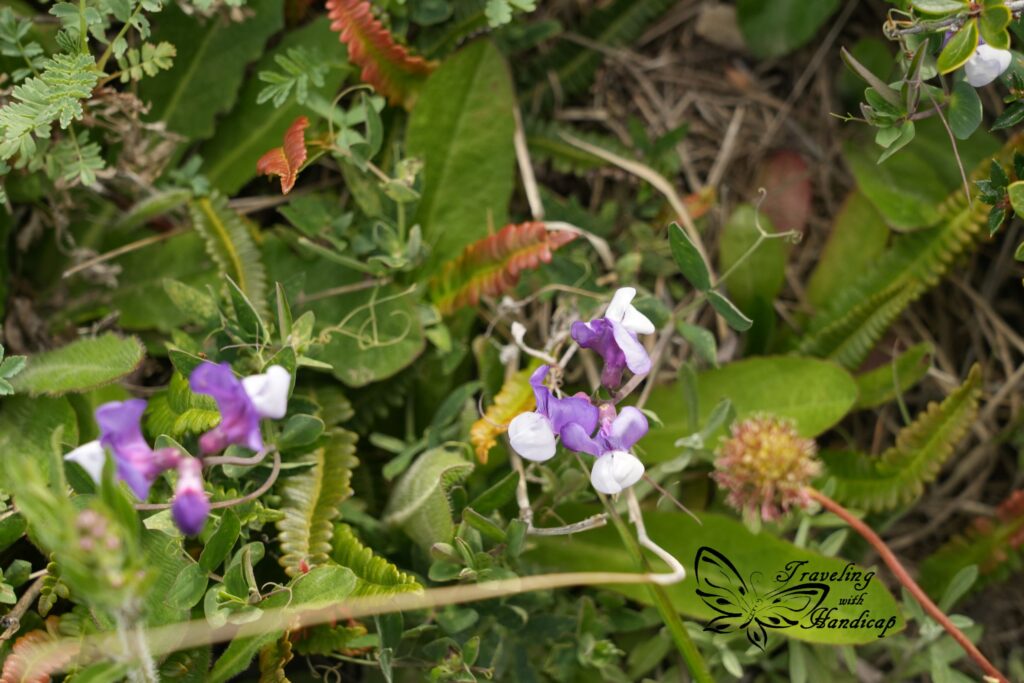
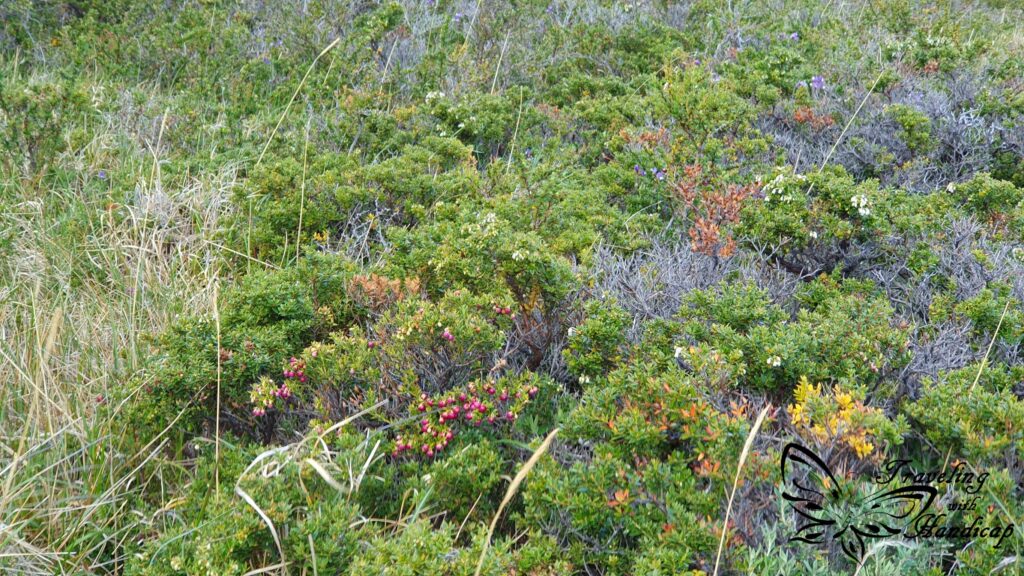

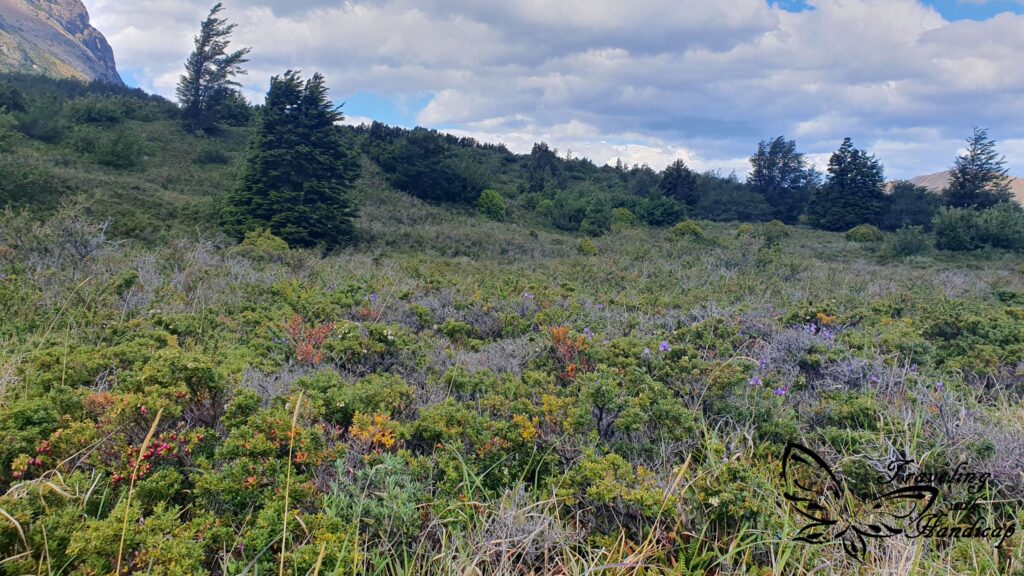
The (modified) O-track
Original plan (according to many suggestions online)
I planned the O-track as outlined on many posts and blocks in the following order:
- Day 1: bus from Puerto Natales to Laguna Amarga, shuttle from Laguna Amarga to Central Las Torres, walk from Central to Seron
- Day 2: walk from Seron to Dickson
- Day 3: walk from Dickson to Los Perros
- Day 4: walk from Los Perros to Grey
- Day 5: walk from Grey to Paine Grande
- Day 6: walk From Paine Grande to Italiano, leave your backpack at Italiano, hike up to the viewpoint Mirador Británico and back, continue from Italiano to Francés
- Day 7: walk from Francés to Central (Camping Central)
- Day 8: walk from Central to the Mirador Las Torres and back
- Day 9: if the weather is terrible at day 8, doing the track of day 8 at day 9, and in the evening take the shuttle to Laguna Amarga and from there the bus to Puerto Natales
Most people don’t consider a possible “day 9” as I did: I really wanted to make sure that I am able to see the three Torres, the main attraction of the park. This is what I have planned. However, I modified my route while walking, which made it even better for me.
Modified plan
While walking to Seron and further to Dickson, I realized that I won’t be able to do the planned track for day 4. The outlined time was 10-12 hours, but already having an idea of my speed compared to the outlined times, I would not be able to walk for more than 12 hours straight. Actually, there would be a CONAF camp spot in between Los Perros and Grey, which was closed during the current season. With the middle camp spot available, I would have considered this in my planning and might have stuck to it.
- Day 1: bus from Puerto Natales to Laguna Amarga, shuttle from Laguna Amarga to Central Las Torres, walk from Central to Seron
- Day 2: walk from Seron to Dickson
- Day 3: staying at Dickson during the day, taking a Delivery truck from Dickson back out to Central (Las Torres) and staying there
- Day 4: morning shuttle from Central to Laguna Amarga, taking the morning bus from Laguna Amarga to Pudeto, taking the morning catamaran trip from Pudeto to Paine Grande. Walking from Paine Grande to the Mirador Glaciar Grey and back.
- Day 5: walking from Paine Grande to Francés
- Day 6: walking from Francés to Mirador Británico and back to Francés
- Day 7: walk from Francés to Central (Camping Central)
- Day 8: walk from Central to the Mirador Las Torres and back
- Day 9: if the weather is terrible at day 8, doing the track of day 8 at day 9, and in the evening take the shuttle to Laguna Amarga and from there the bus to Puerto Natales
This route had the advantages that I didn’t have to do the very hard (original) day 4 and that I have split the (original) day 6 into two days. This way, I had a far better hiking experience as I didn’t have to rush. Accordingly, I could spend more time at miradors (viewpoints) along the way.
Required changes
My change in route required some changes in camp spots. There is no guarantee that this always works, there is a reason for the complicated pre-booking process. However, since I carried all my stuff including the tent, I was far more flexible. If you stay at dorms, they might already be completely booked, and you have no possibility to modify anything.
When you don’t arrive at a camp spot, you lose the booking for that night. If you arrive at another camp spot of the same company (either Vértice or Fantastico Sur), then you might be able to change the spot for the already paid night. This is what I did at Paine Grande, I got my night from Grey exchanged for one night at Paine Grande. I had to pay for one extra night at Central (Las Torres) and Francés since my booked nights of that days were with Vértice and not with Fantastico Sur. The “walk-in price” was lower than the pre-booking price, not sure why.
My days 🙂
Day 1: Central → Seron


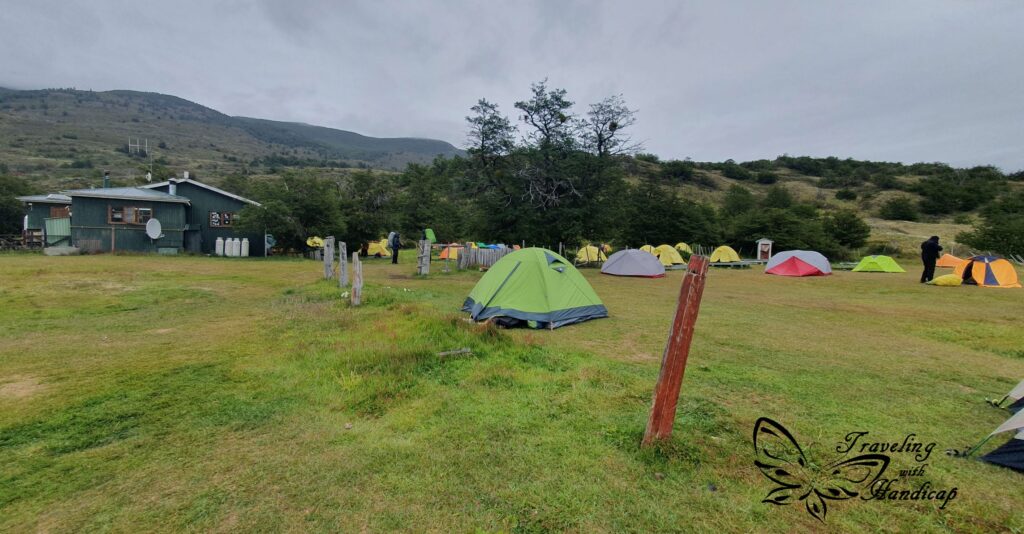
Day 2: Seron → Dickson

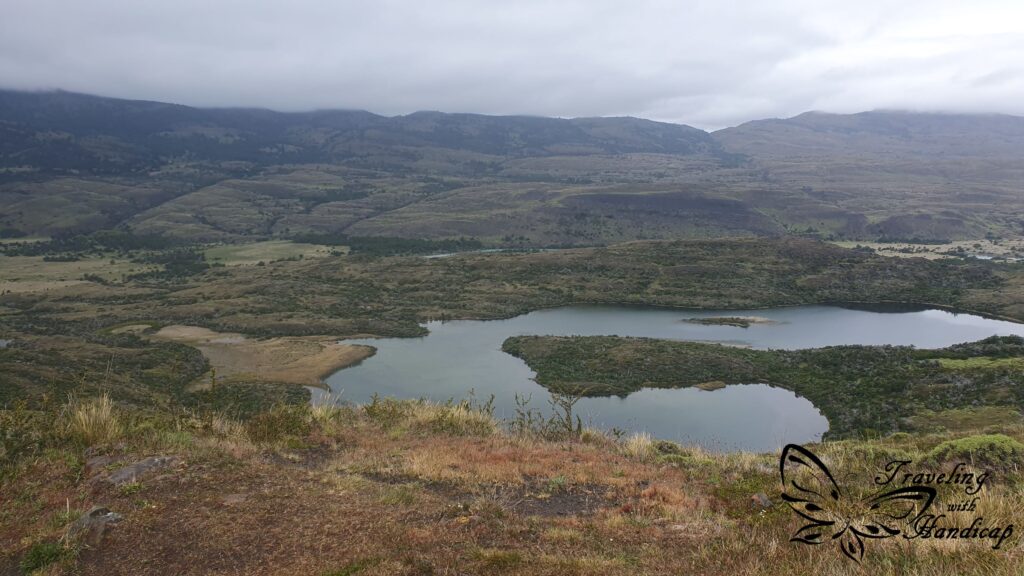


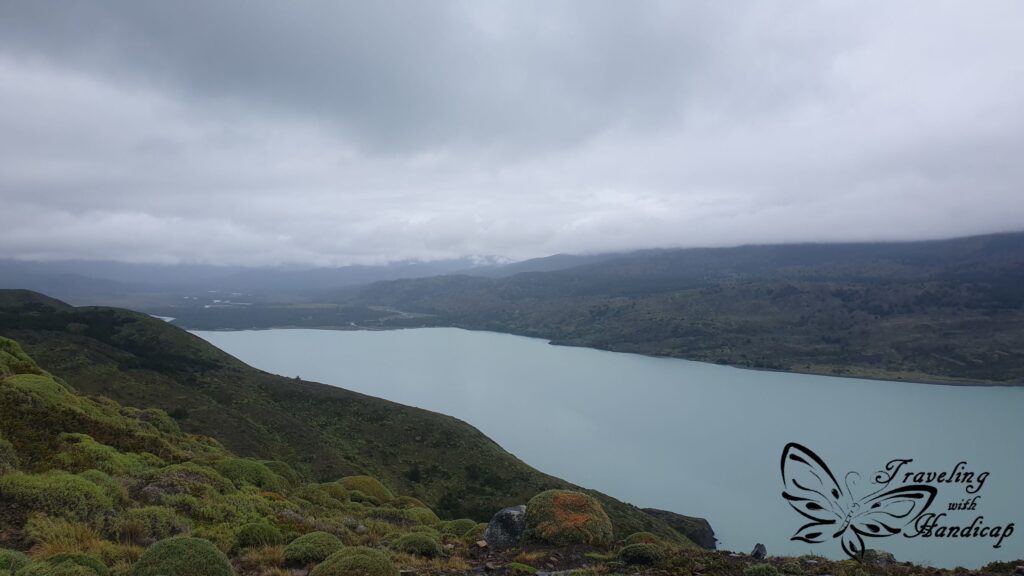
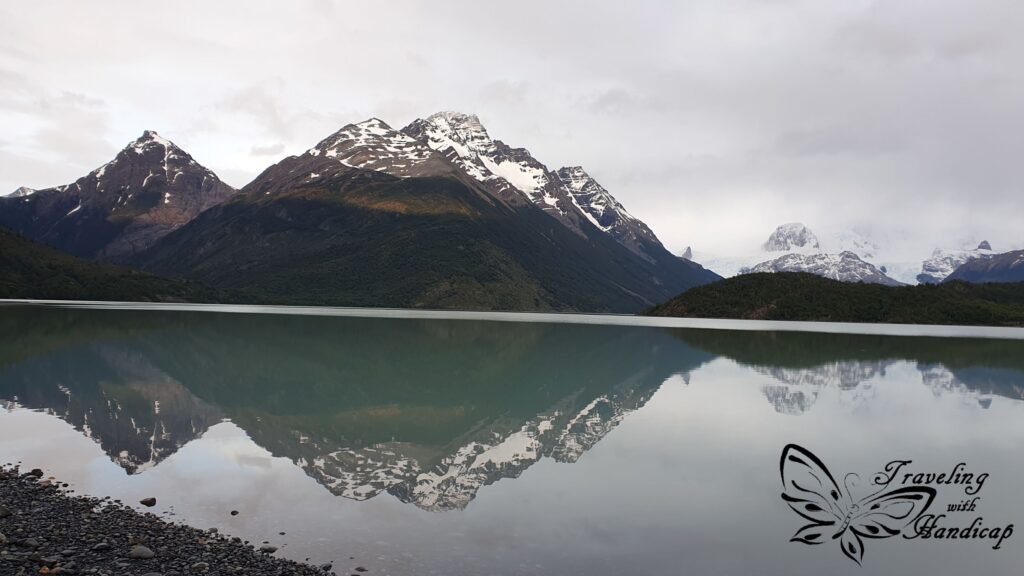
Day 3: Dickson
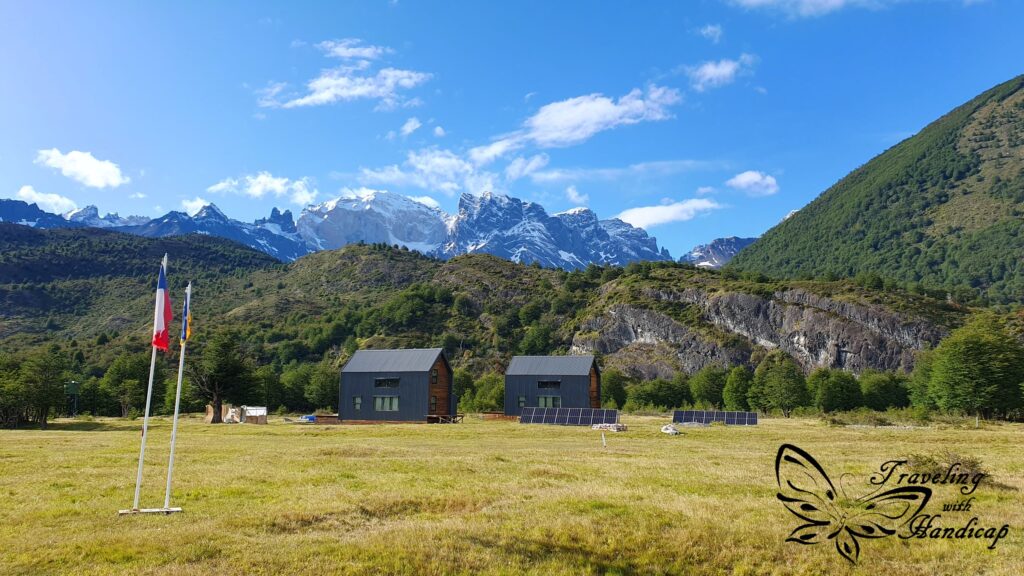
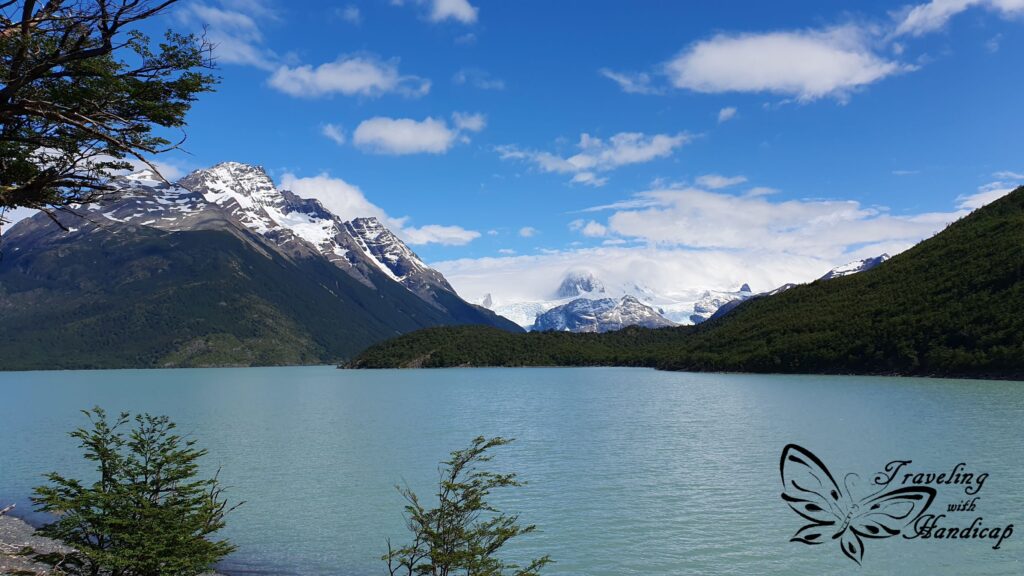
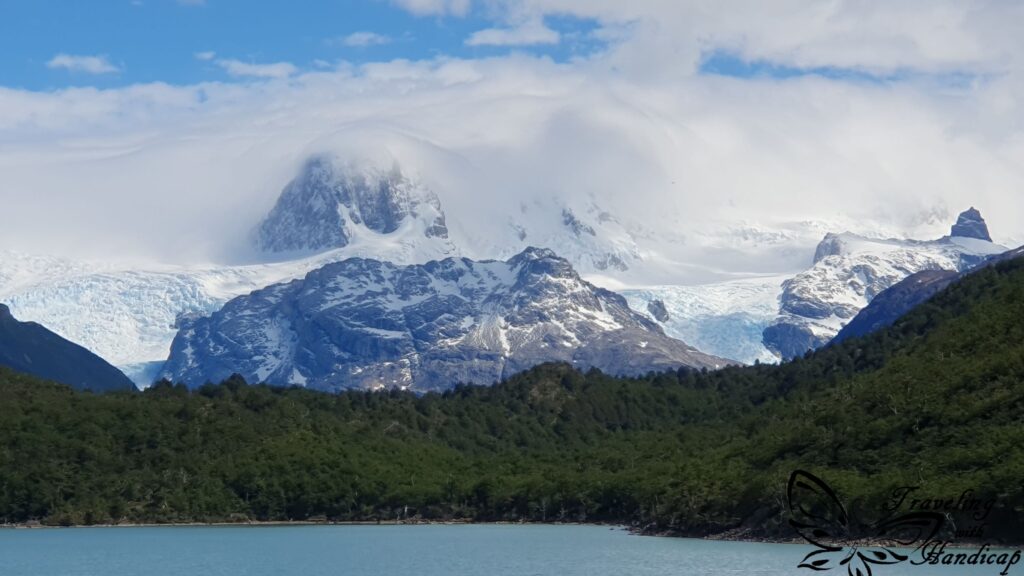
Day 4: Central → Pudeto → Paine Grande ↔ Mirador Glaciar Grey
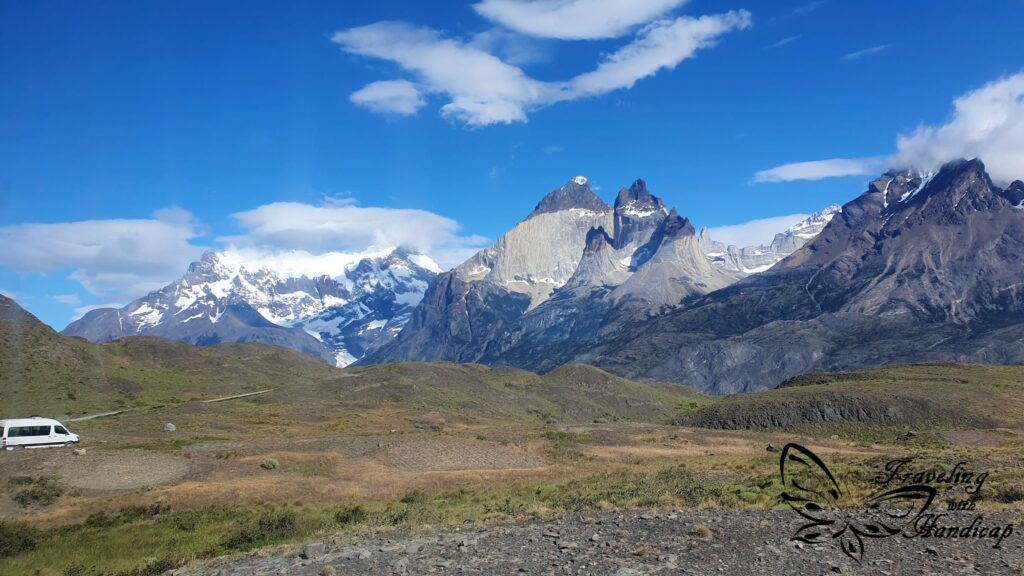
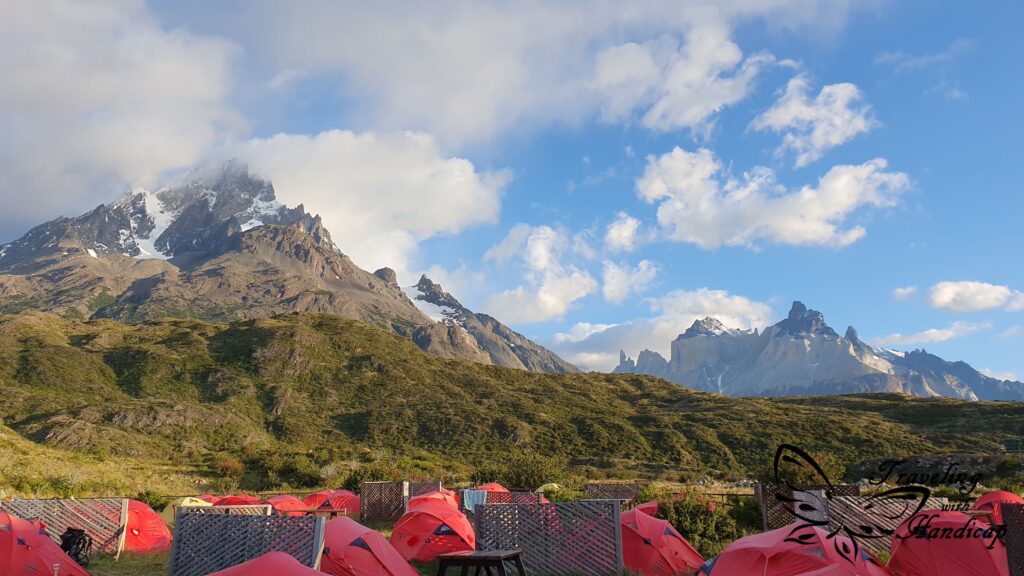
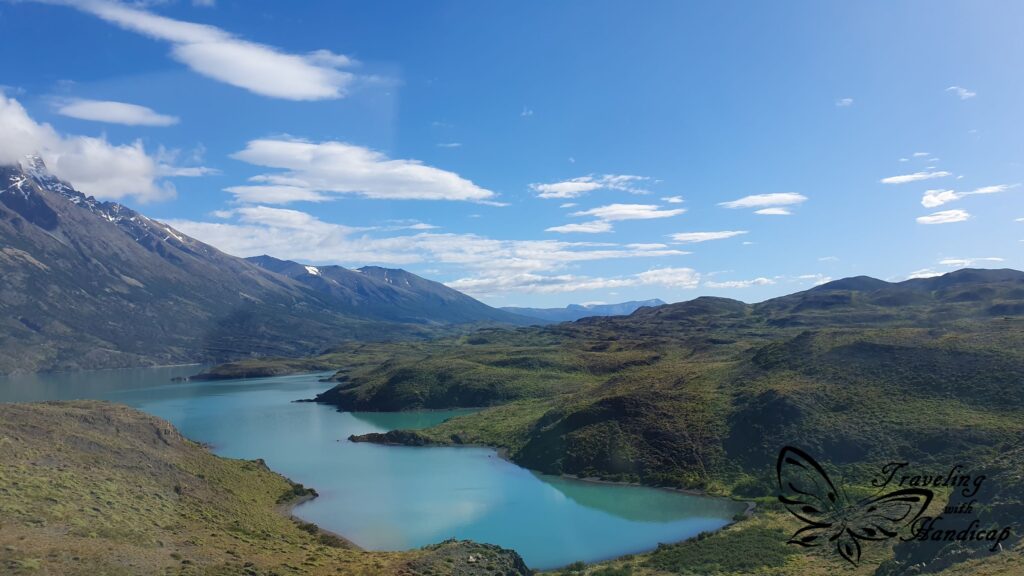
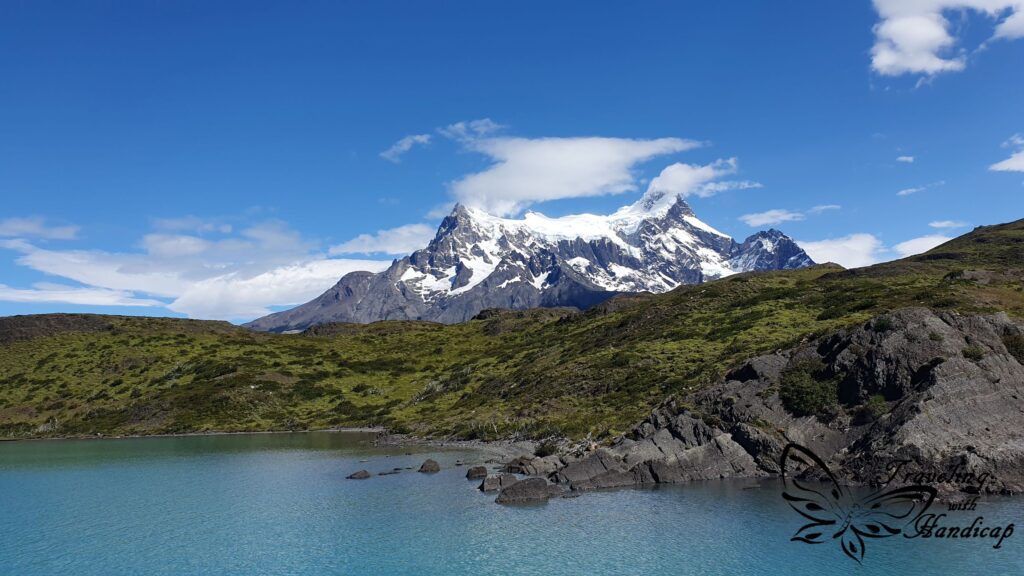
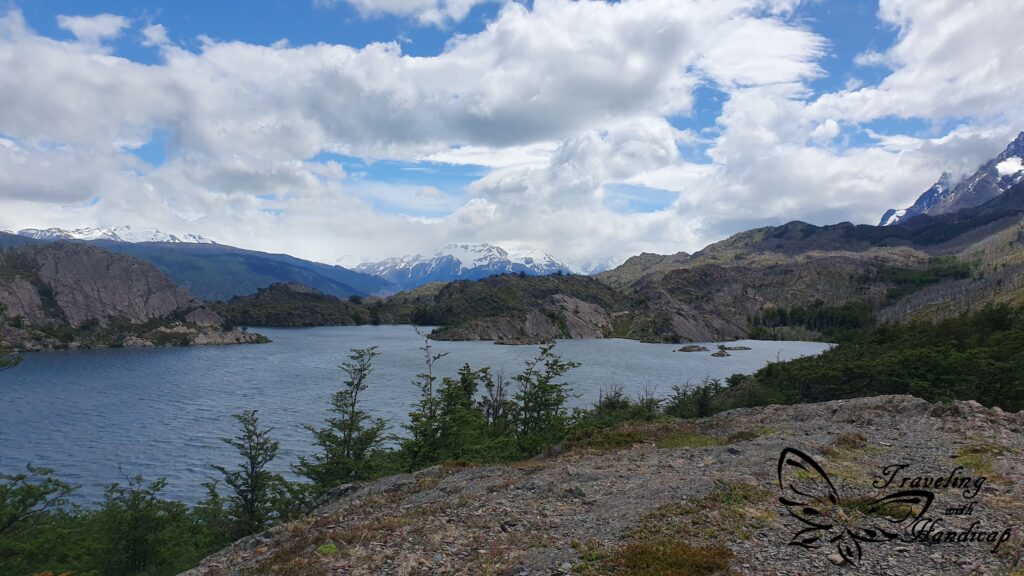
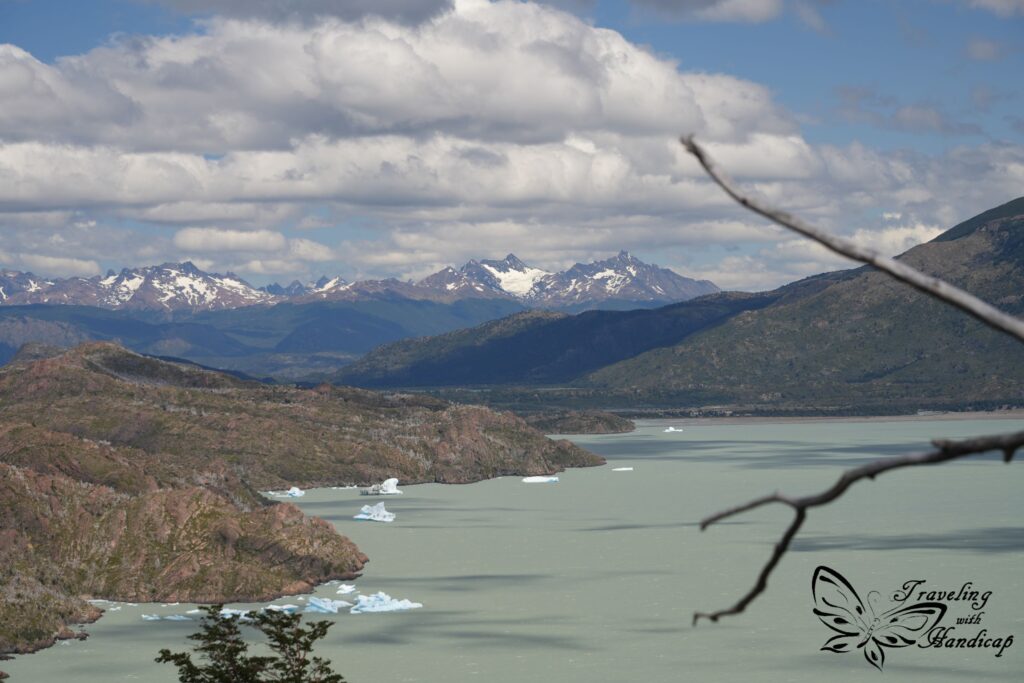

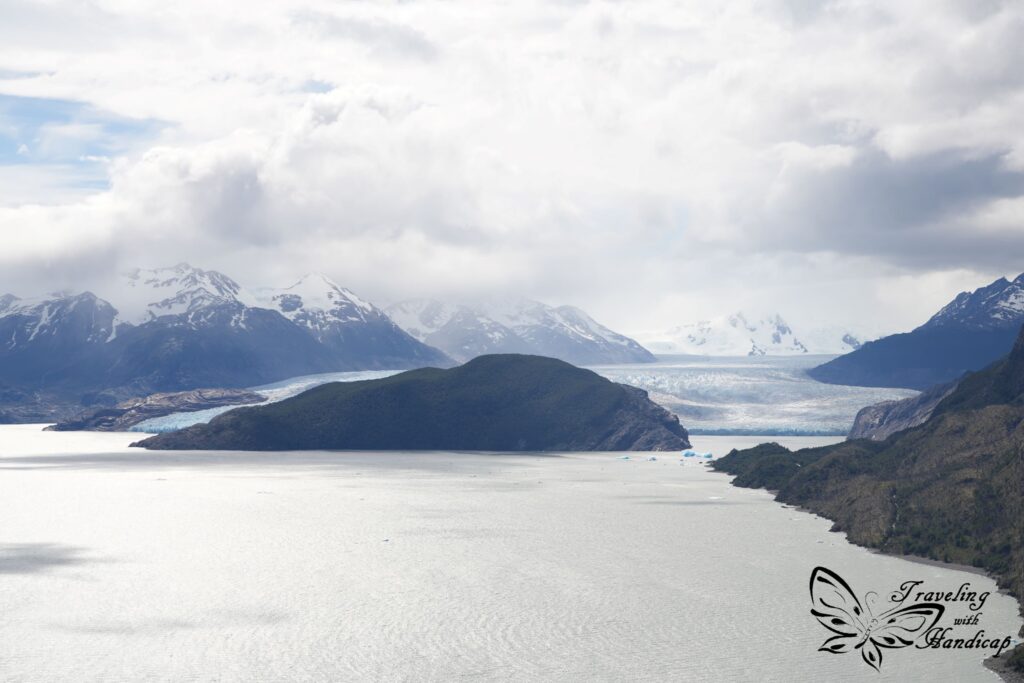
Day 5: Paine Grande → Francés
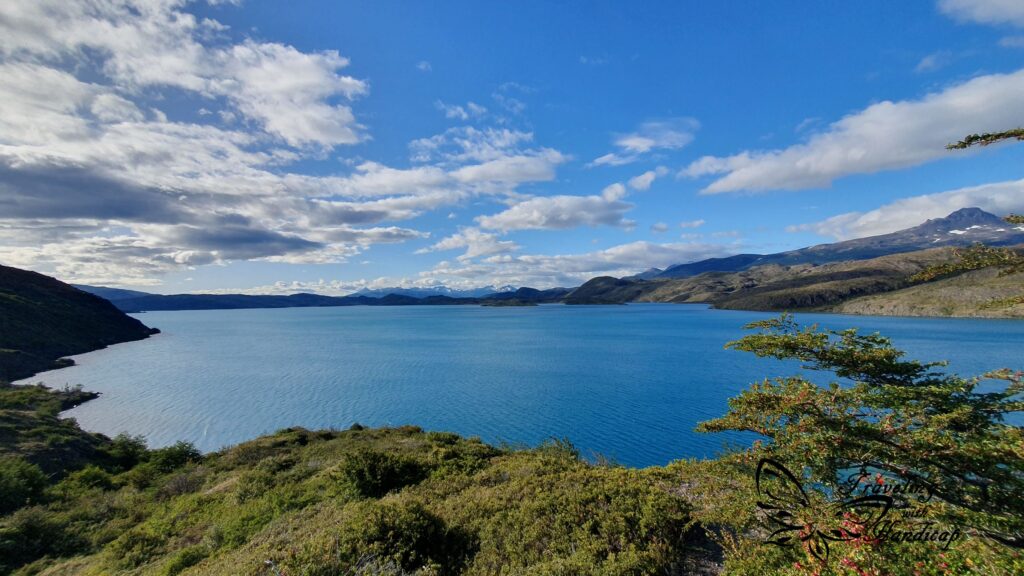

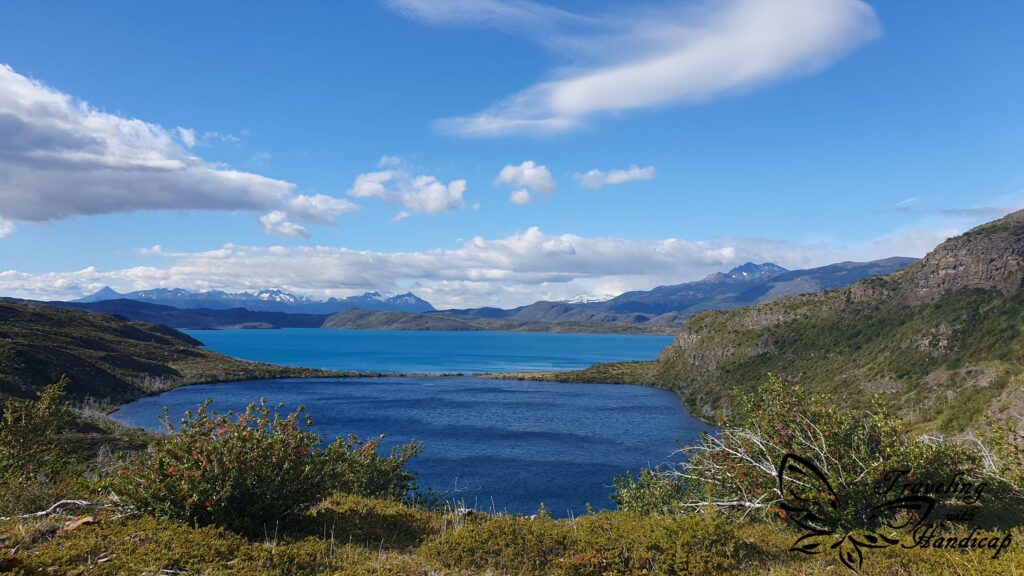
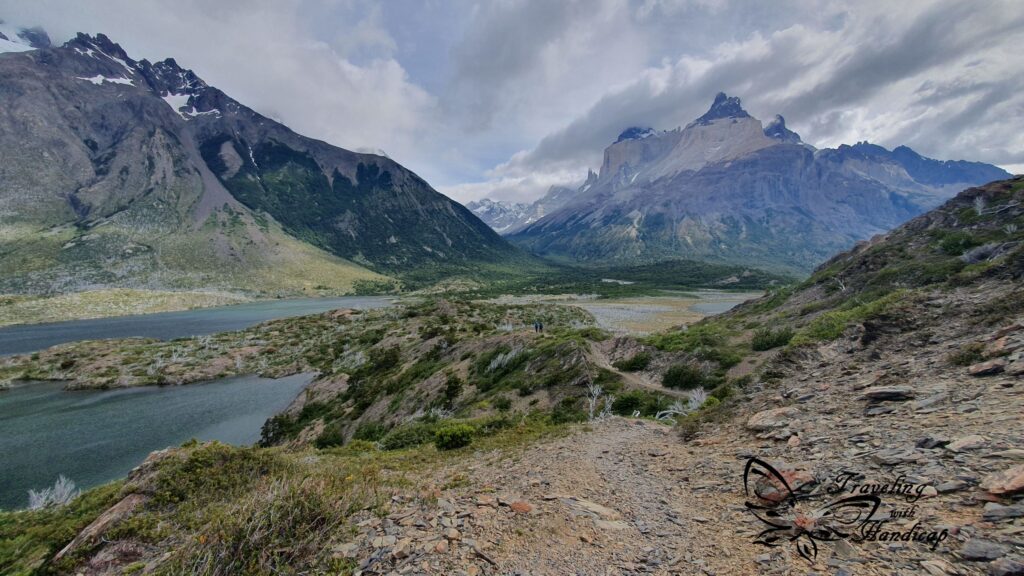

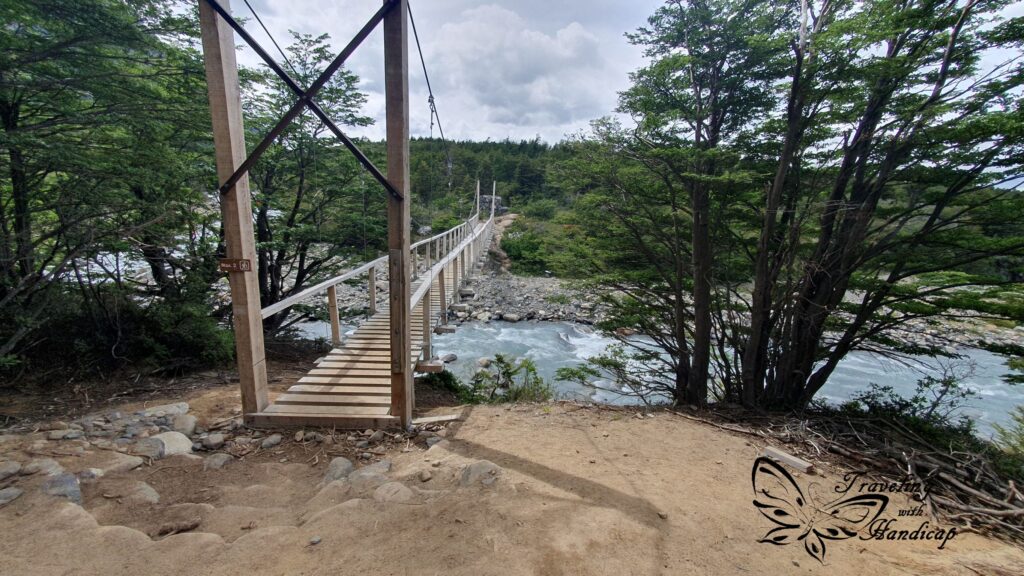
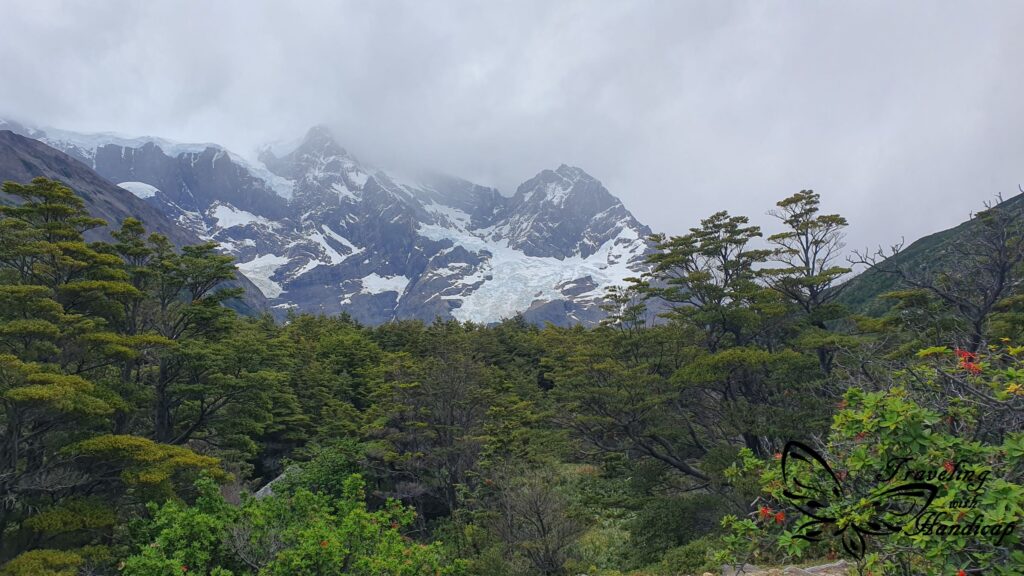


Day 6: Frances ↔ French Valley incl. Mirador Británico
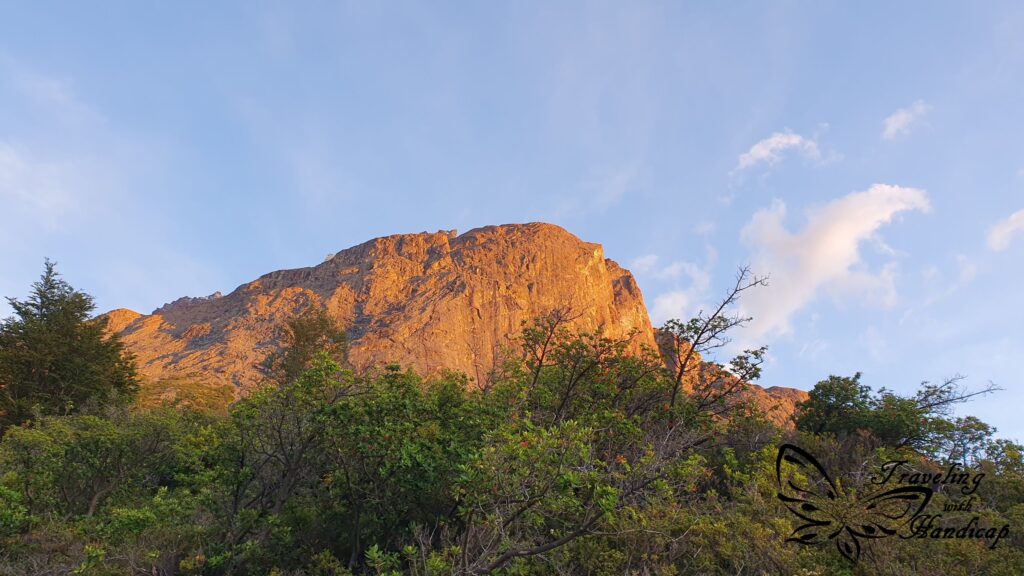
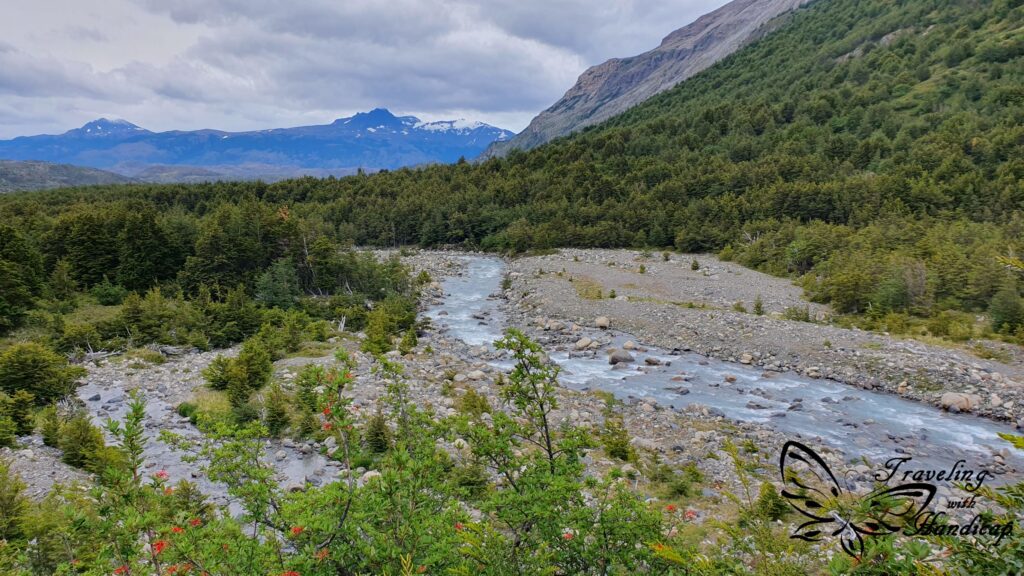
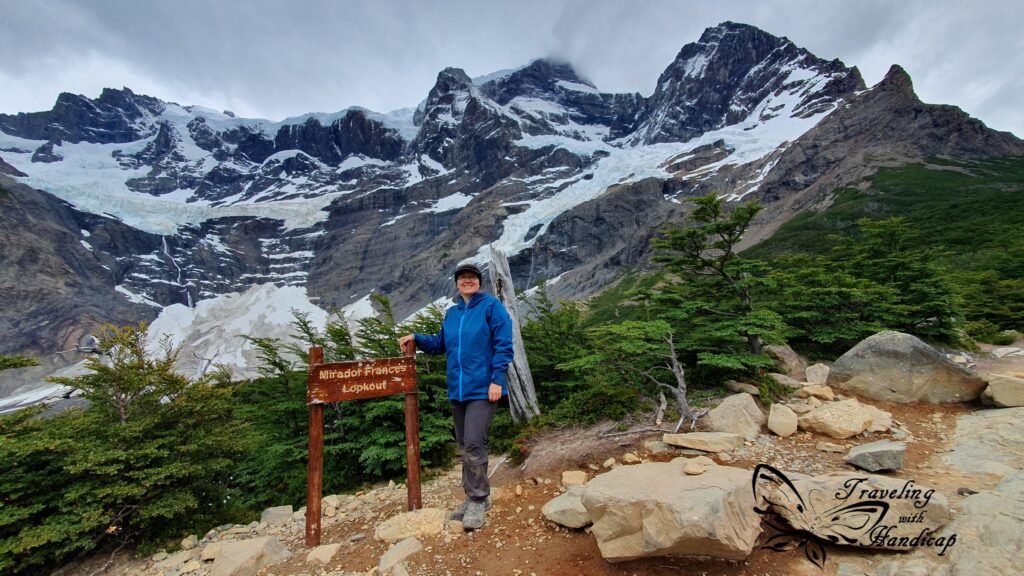
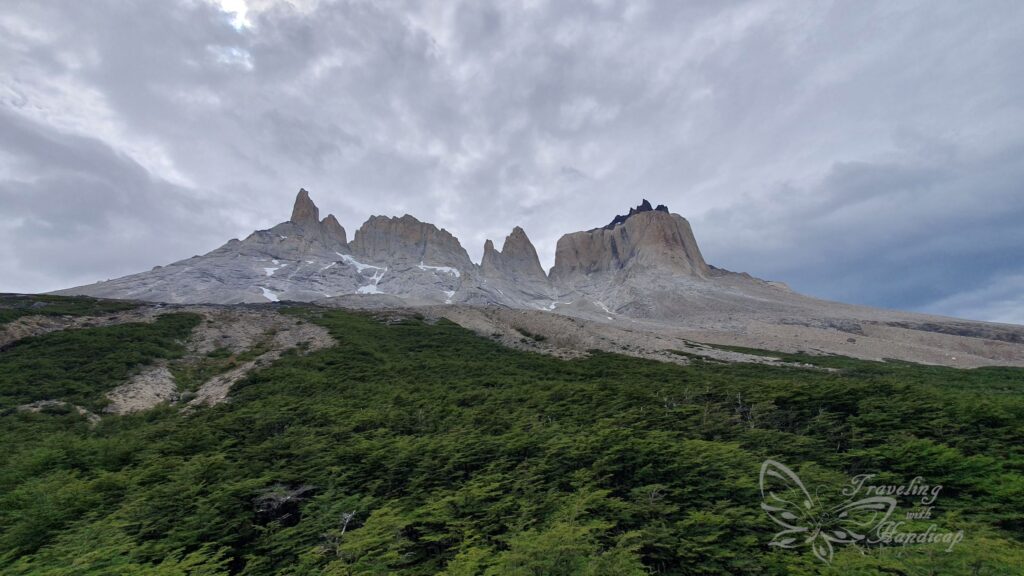


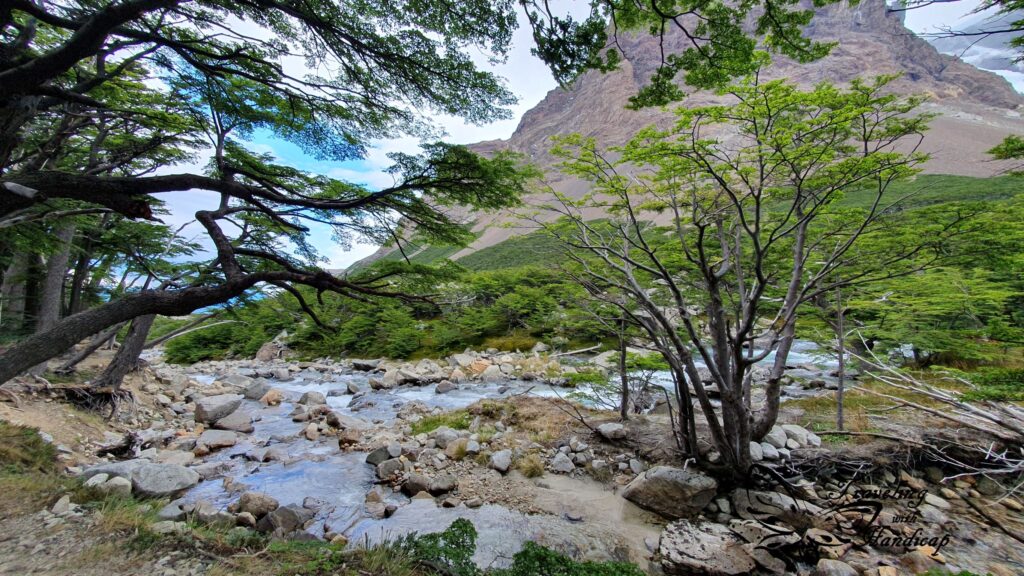
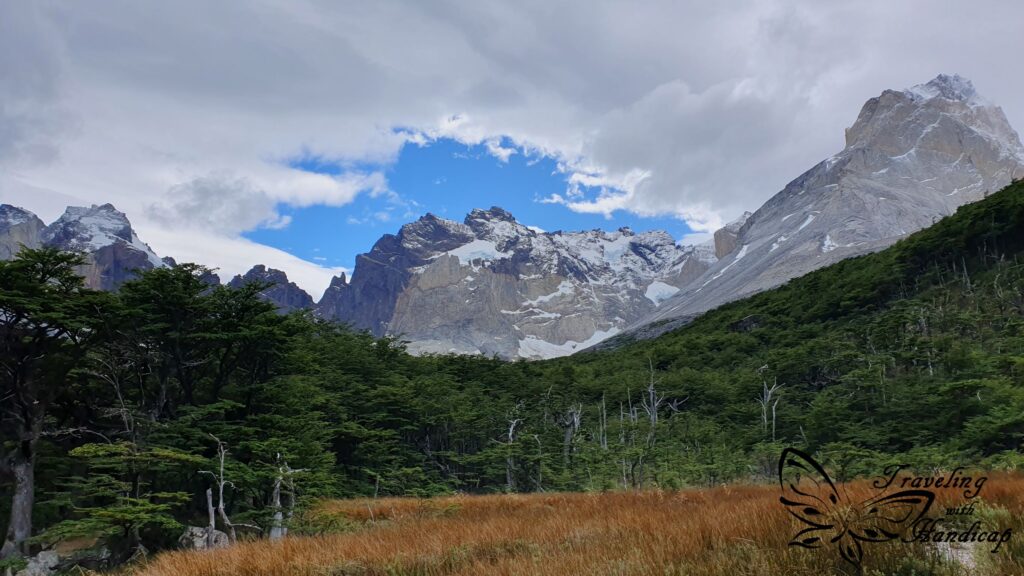

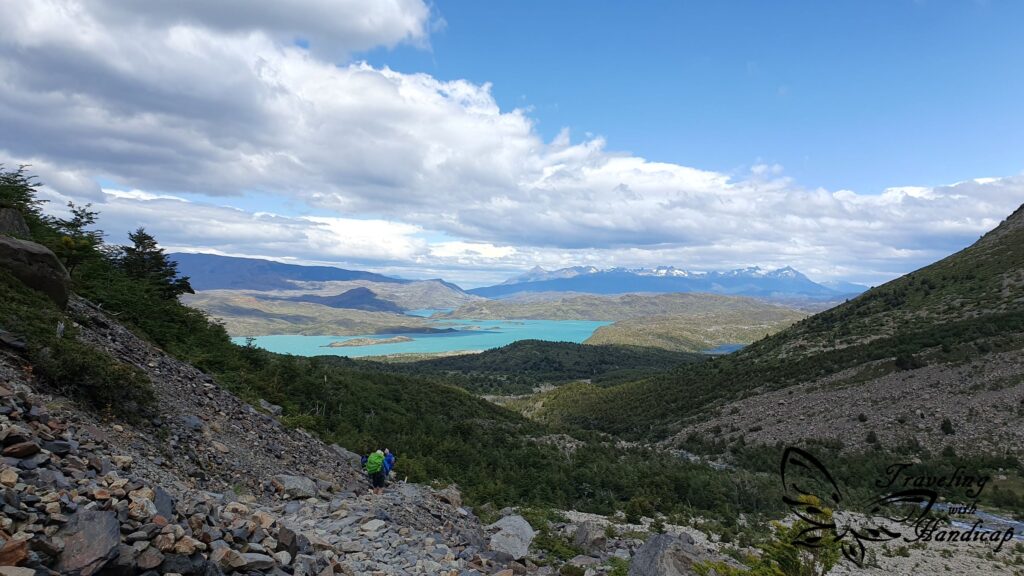
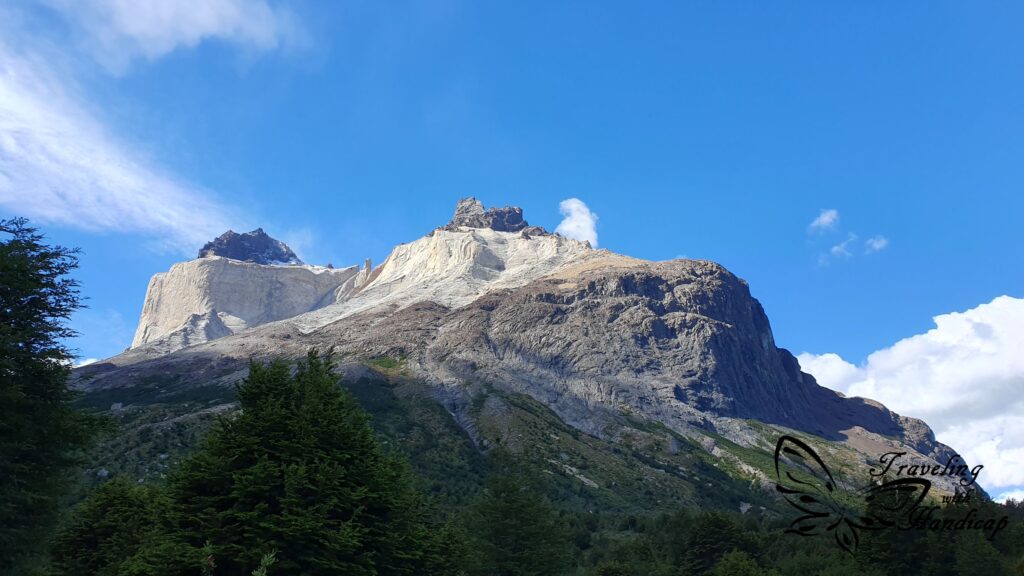
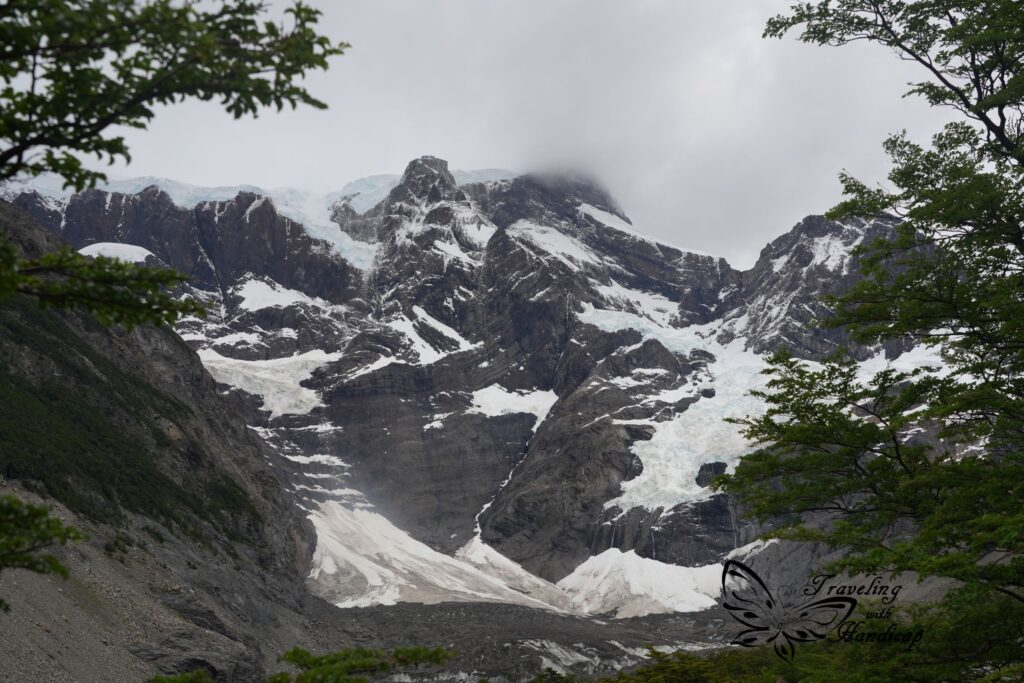

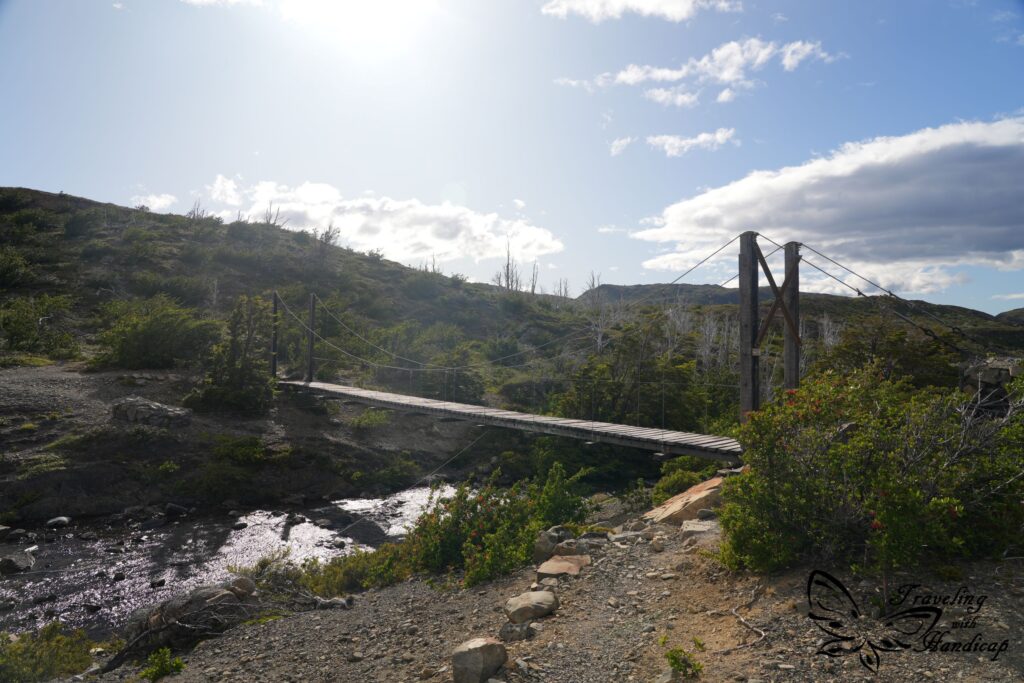
Day 7: Francés → Central

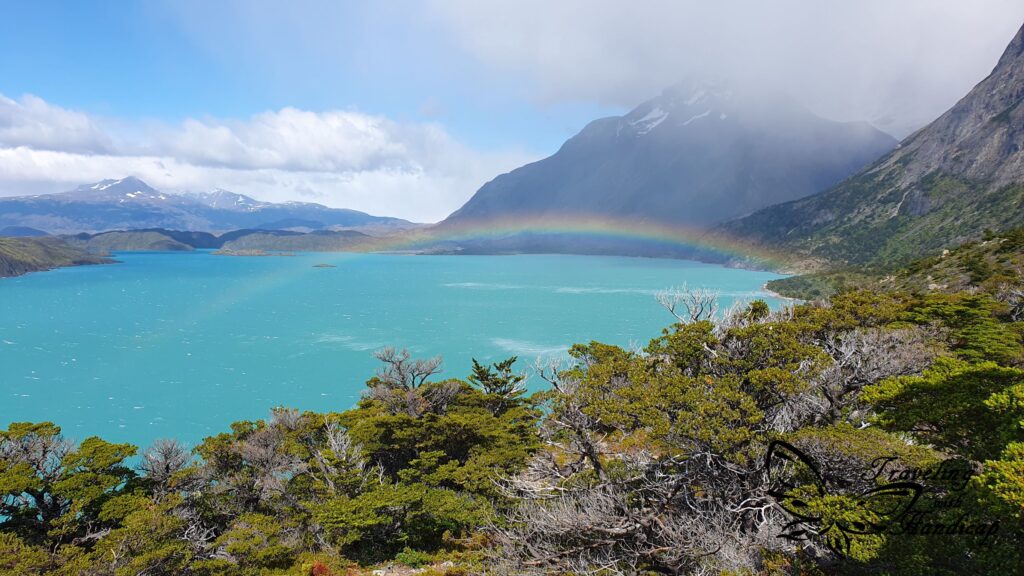


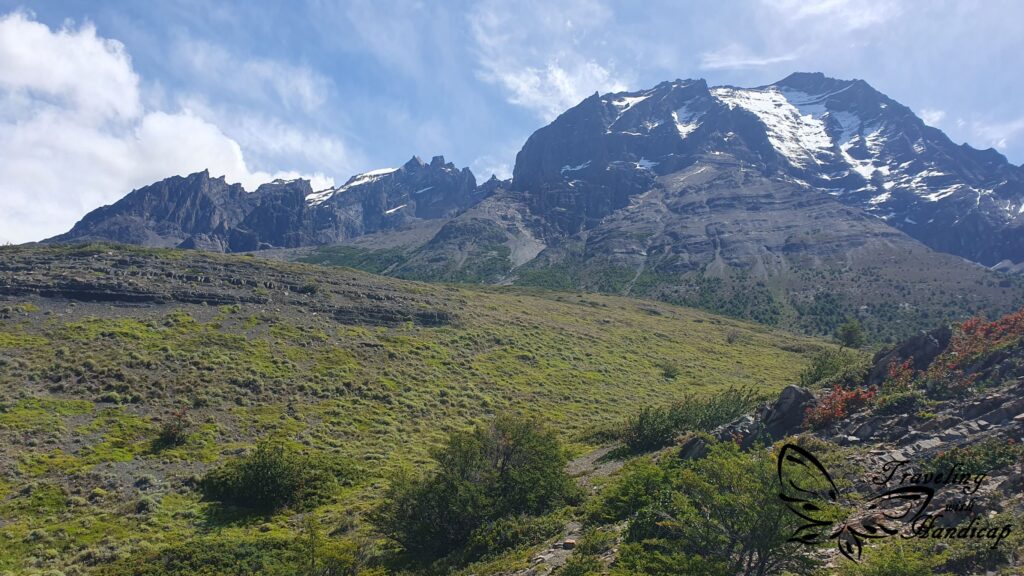
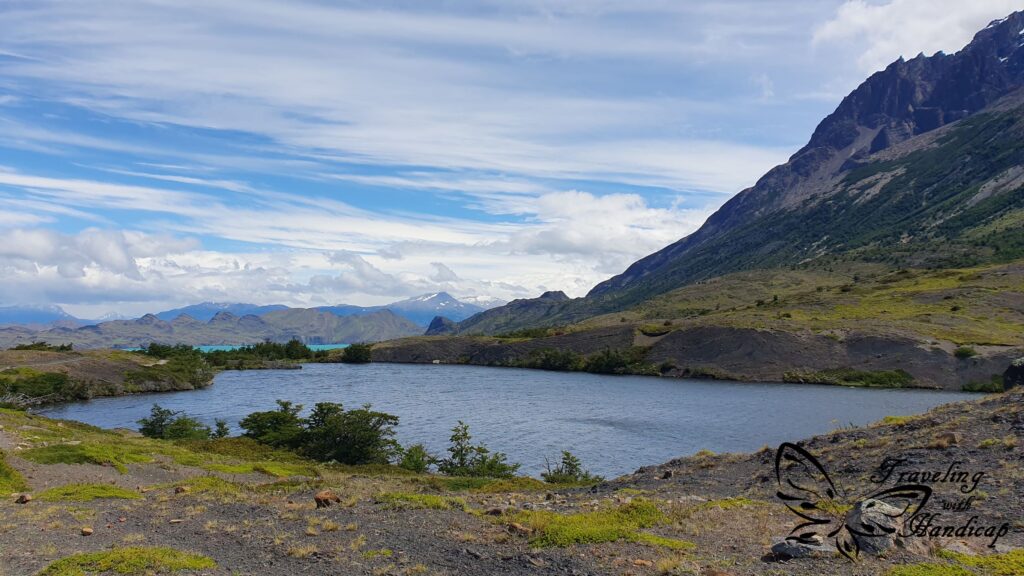
Day 8: Central ↔ Mirador Las Torres
